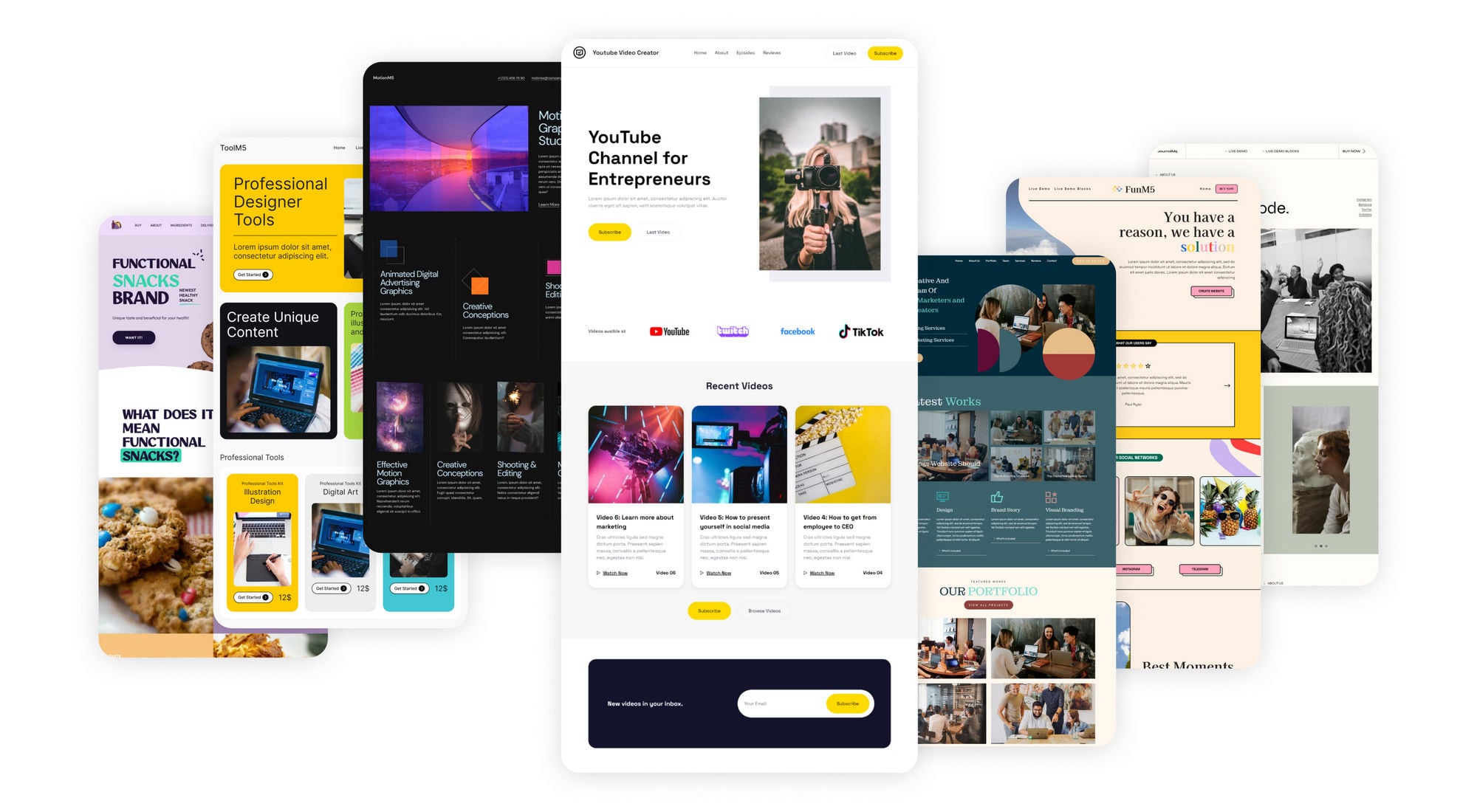How to Select the Right Tools for Your Website Design Projects
How to Select the Right Tools for Your Website Design Projects
Blog Article
Understanding the Duty of Responsive Style in Modern Website Growth
In today's electronic landscape, receptive design is no longer a luxury but a need in site growth. The importance of responsive style expands beyond user experience-- it is also a crucial variable in search engine optimization and access.
Importance of Responsive Design
In today's electronic landscape, the value of receptive layout in site development can not be overstated. Responsive style allows web sites to instantly readjust their design and capability based on the screen size and positioning of the gadget being used.
Additionally, receptive layout is important for search engine optimization (SEARCH ENGINE OPTIMIZATION) Online search engine like Google focus on mobile-friendly web sites in their search results, implying that a receptive layout can dramatically impact a website's visibility and position. This optimization not just boosts the user experience but additionally drives natural web traffic and boosts the potential for conversion and earnings generation.
Additionally, responsive style provides businesses a cost-effective remedy by removing the need for several versions of a site. By enhancing web growth procedures and decreasing upkeep initiatives, companies can allot sources more efficiently, ultimately causing improved return on investment. Therefore, responsive layout is vital in today's competitive electronic setting.
Crucial Element of Responsive Layout
To efficiently execute responsive layout, it is vital to concentrate on a number of crucial elements that guarantee ideal capability and individual experience throughout varied devices. One of the basic parts is the versatile grid design, which allows designers to create fluid grids that automatically readjust to different display dimensions. This ensures that content keeps symmetry and readability, no matter the gadget being utilized.

In addition, touch-friendly navigating is important for responsive design. Executing quickly tappable buttons and intuitive motion controls improves functionality on touchscreen tools. Focusing on performance optimization is also critical, as it enhances filling times and decreases bounce prices, especially on mobile connect with variable speed.
Last but not least, employing a mobile-first technique makes certain that the style is at first enhanced for smaller sized screens before increasing to accommodate desktop computers. This approach ensures that necessary functionality and aesthetic appeals are protected throughout all systems, eventually enhancing the total customer experience.
Effect on User Engagement
Receptive design dramatically influences user involvement by improving availability and contentment throughout different tools (Website Design). By making certain that a site's design adapts seamlessly to various screen other sizes, responsive design enables users to access web content easily, whether they are making use of a mobile phone, tablet, or desktop computer .
Moreover, responsive layout adds to quicker web page filling times, which is vital for retaining customer rate of interest. Customers are much more inclined to desert a site if it takes as well lengthy to tons, particularly on smart phones. By optimizing performance for varied platforms, responsive design reduces packing hold-ups, keeping customers involved and lowering bounce prices.
SEO Benefits of Responsive Style
While enhancing customer experience is a main goal, responsive design additionally plays a critical function in enhancing a web site's search engine optimization (SEO) Receptive layout ensures that an internet site adapts to different screen sizes, eliminating the need for different mobile and desktop variations.
Additionally, receptive layout help in faster page packing times, an essential variable in SEO. Internet search engine prefer sites that fill rapidly, identifying that users are most likely to abandon sites that take as well lengthy to present. By using receptive hop over to here style, developers can simplify and optimize photos content, guaranteeing reliable loading and improved internet search engine rankings.
Furthermore, a natural link framework throughout tools simplifies the indexing process for online search engine, boosting crawl performance. This uniformity in URLs strengthens an internet site's authority and reliability, resulting in enhanced exposure in search engine result. In summary, receptive style is not merely a pattern however a basic part of SEO approach, guaranteeing websites are both easy to use and online search engine suitable.
Carrying Out Responsive Layout Approaches
In the world of modern web development, executing responsive design approaches is akin to crafting a functional canvas that adjusts effortlessly to various screen dimensions. One more important technique entails using media inquiries, which make it possible for programmers to apply various styles based on the characteristics of the device, such as width, elevation, and resolution.
Responsive photos and media are also important elements. By utilizing methods like CSS media queries and the HTML 'picture' element, developers can serve properly sized photos based on the user's gadget, optimizing tons times and improving individual experience. In addition, the incorporation of fluid typography makes certain that message is legible and cosmetically pleasing on any screen, attained through scalable devices like 'rem' and 'em'.

Conclusion
Responsive style comprises an essential facet of contemporary site development, dramatically improving customer experience throughout a range of tools. Inevitably, carrying out responsive style methods guarantees boosted ease of access and functionality, making websites a lot more effective and user-centric.
To successfully apply receptive design, it is crucial to concentrate on numerous key aspects that make sure optimal performance and user experience throughout diverse devices.Receptive layout considerably affects customer interaction by boosting availability and satisfaction throughout various tools. By making certain that best site a site's layout adapts effortlessly to different screen sizes, receptive design allows customers to access content effortlessly, whether they are making use of a smart device, desktop computer, or tablet .While boosting customer experience is a main goal, responsive design additionally plays a critical duty in boosting an internet site's search engine optimization (SEO)Receptive layout constitutes a crucial aspect of modern website growth, substantially boosting customer experience throughout an array of devices.
Report this page